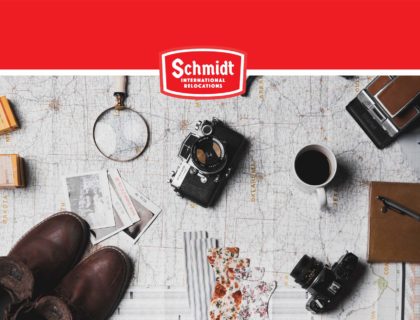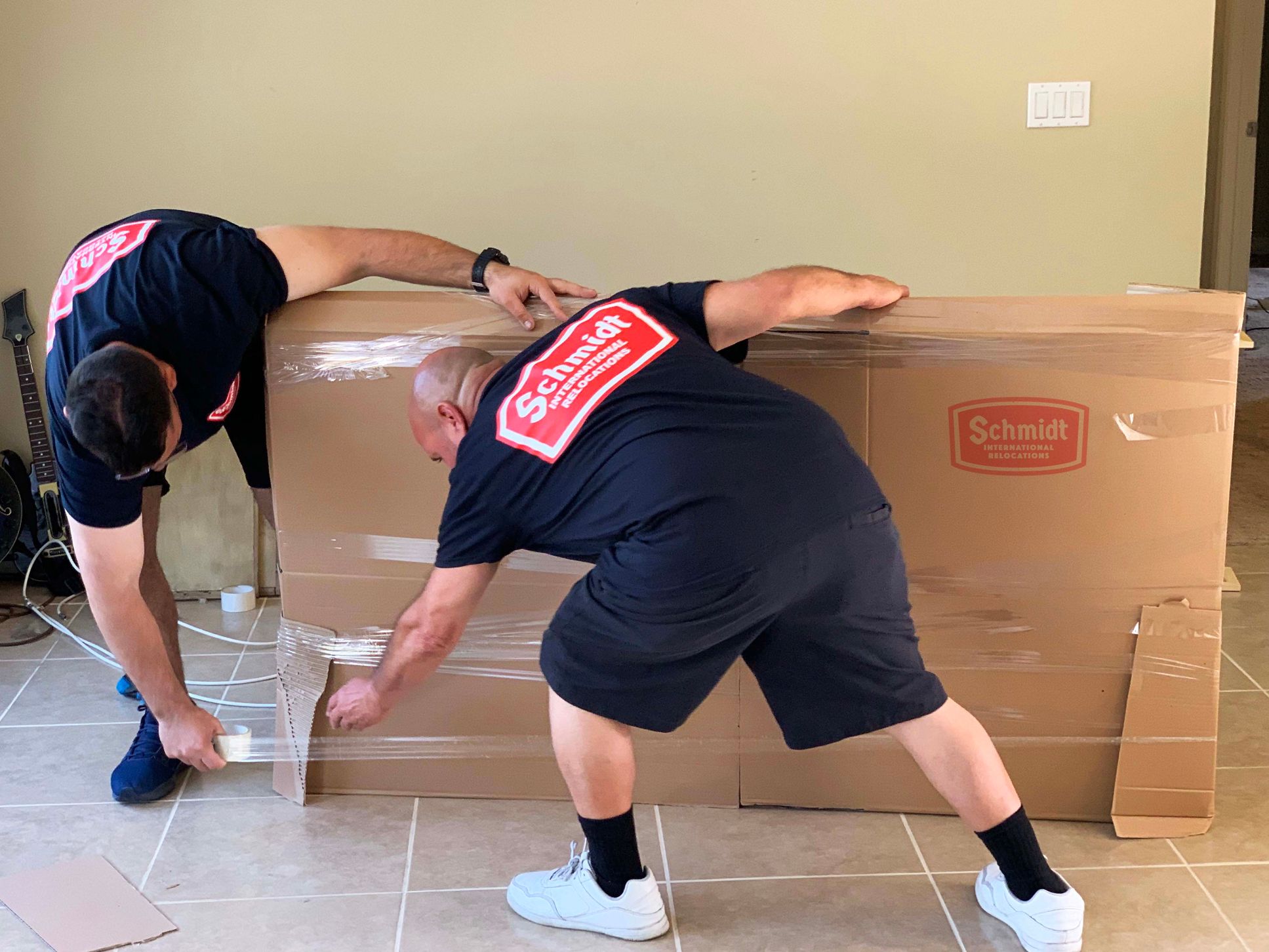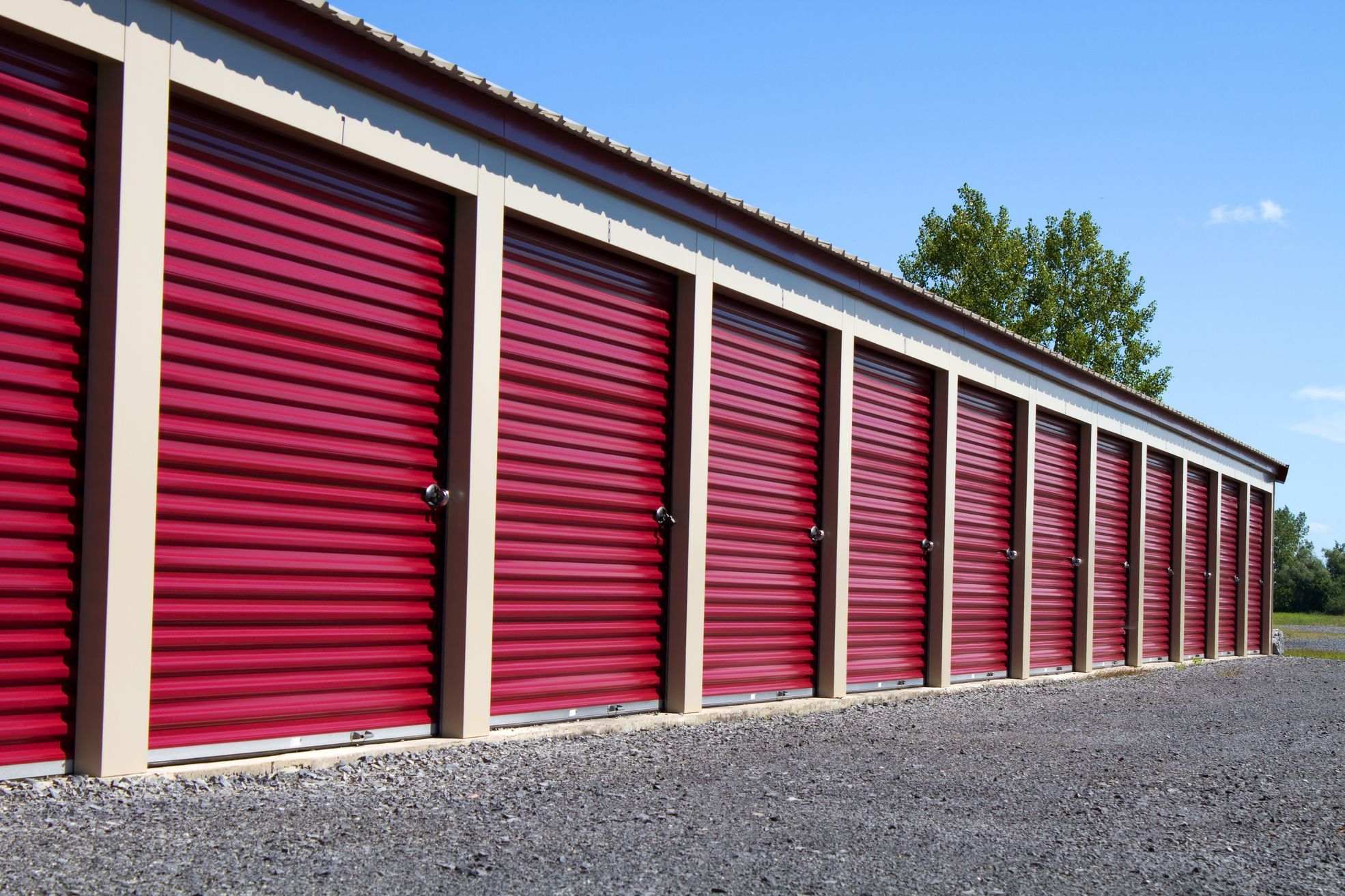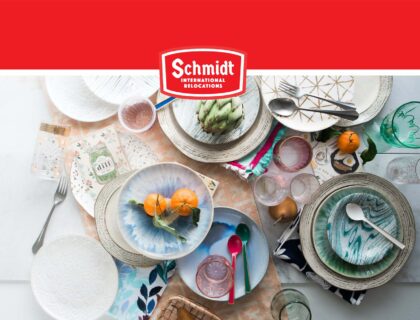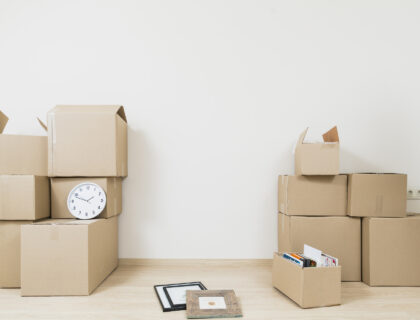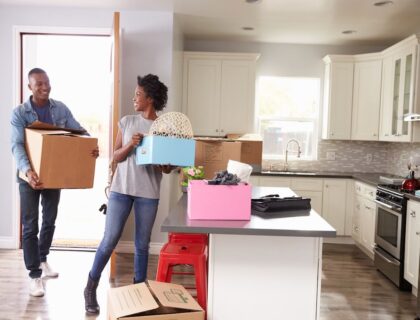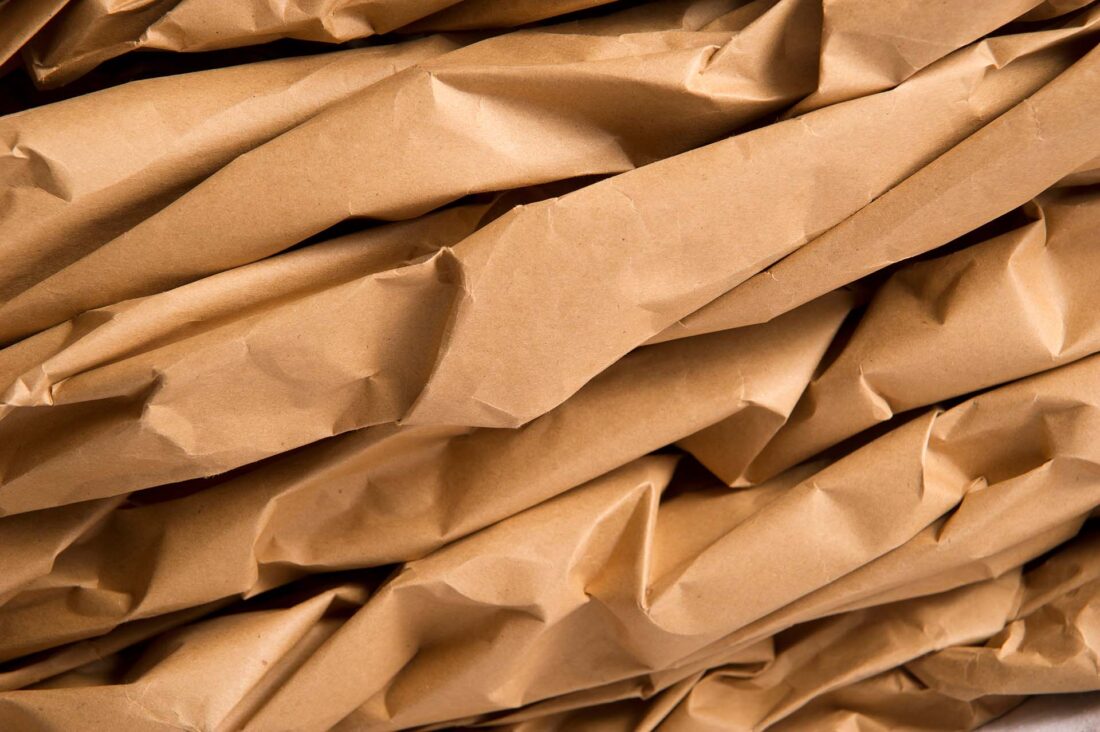

When embarking on an international moving journey, protecting your cherished belongings for the trip is a must. That’s where getting quality padded paper for moving comes along. In this detailed guide, we explore the intricacies of using these protective packing materials. Let’s unravel the secrets to a secure and efficient relocation.
What Is Padded Paper?
Paper moving pads stand as essential protective moving supplies meticulously crafted for secure relocation. Whether it’s the bubbly embrace of bubble wrap or the firm yet flexible support of corrugated padding, these variants play a crucial role in creating a protective shield for your belongings during an international relocation. Composed of layers of sturdy, resilient materials, these specialized pads are the cornerstone of secure packaging techniques employed by every professional moving team.
According to Statista, paperboard stands as the predominant wrapping material on a global scale, constituting roughly 33 percent of total packaging material consumption. This category encompasses various forms, such as cardboard and folding boxboard. Following closely in consumption is flexible packaging, securing the second position in global packaging material usage, with 25 percent with rigid plastics coming in as the subsequent choice.
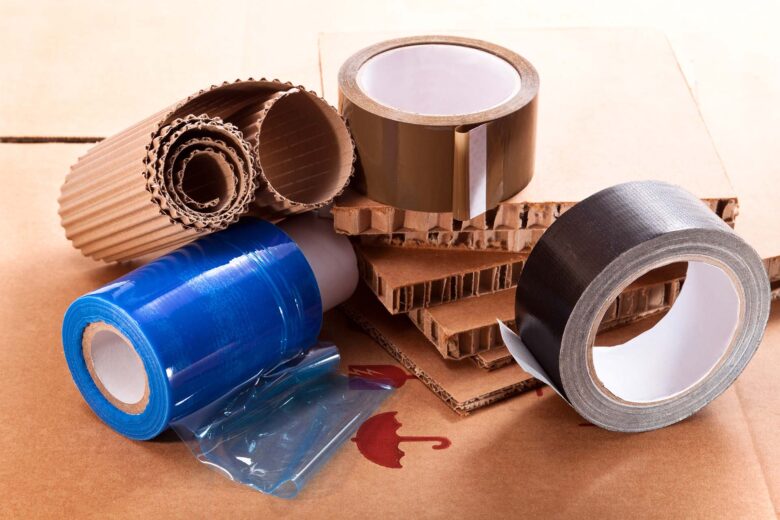
What Are the Benefits of Using Padded Paper for Moving?
When moving overseas, the significance of this packaging supply as a wrapping material becomes crucial, serving as a vital element in ensuring the safety of your belongings and preventing breakage throughout the intricate process of relocation.
The benefits of utilizing wrapping material extend beyond the standard wrapping materials, offering a comprehensive shield against the unique challenges posed by international moves. This versatile material is not only essential for safeguarding fragile items but also facilitates an efficient move.
Knowing what to pack and how to use this protective material strategically allows for a streamlined and organized international relocation, ensuring that each item is cocooned in layers of protection for a smooth transition to your new destination.
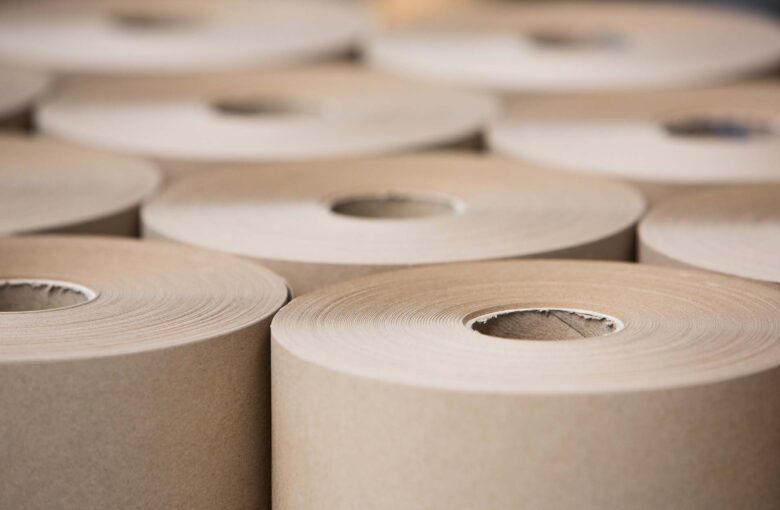
Explore Your Options and Choose the Right Padded Paper
When it comes to ensuring the safety of your belongings during the relocation, selecting the right wrapping materials is a crucial decision. Understanding the nuances of various material types and tailoring them to the specific requirements of your items can make a significant difference in the overall success of your relocation. Here’s an insightful look at the diverse options available and how they cater to distinct wrapping needs.
What Types of Padded Paper Are Available?
Various types of protective material cater to the diverse needs of your belongings, ensuring they reach their destination unscathed. Foam, known for its soft and sturdy composition, proves ideal for shielding delicate surfaces, making it a top choice for electronics and items with sensitive finishes. When considering bubble wrap vs. padded paper, the former offers an additional layer of cushioning due to its bubble structure, providing enhanced protection against impacts.
Corrugated padding, constructed from layers of corrugated cardboard, strikes a balance between strength and flexibility, making it a versatile option suitable for items like artwork and framed pictures. Each type of protective material offers a specific set of attributes, allowing you to tailor your sustainable packing practices based on the unique characteristics of your possessions, ensuring a secure and customized approach to your relocation.
Select the Appropriate Thickness and Size of the Material
Equally crucial in the decision-making process is determining the right thickness and size of wrapping material for each item. One size doesn’t fit all when it comes to protection, and a thoughtful approach ensures that each possession is adequately shielded.
- Electronics and fragile items – Opt for thicker packaging material to provide a substantial barrier against potential impacts. Ensure that the size is sufficient to wrap the item without compromising on protection.
- Large furniture and appliances – For bulkier items, consider corrugated padding with a medium thickness. This strikes a balance between providing ample protection and optimizing space.
- Delicate glassware and small items – Bubble wrap with a moderate thickness is well-suited for delicate glassware and small items. It allows for flexibility while maintaining a protective barrier.
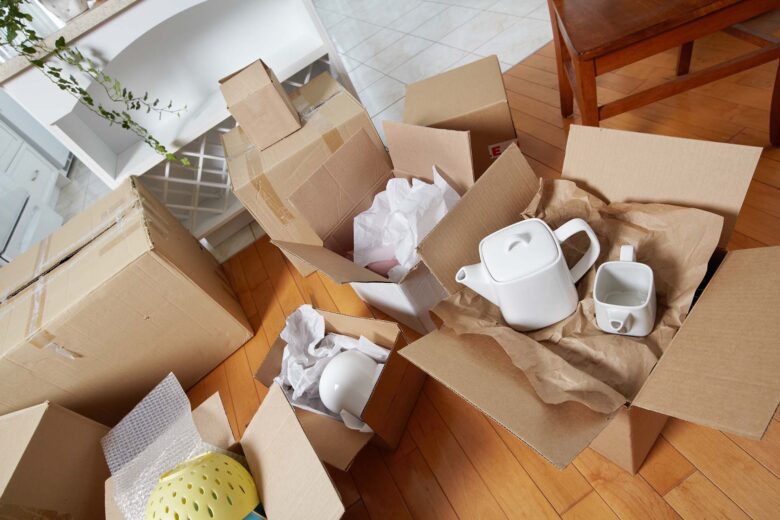
The Best Packing Techniques Using Padded Paper
Efficient packing methods become essential as you navigate the intricacies of wrapping different items with precision. To make this possible, you’ll need top-notch wrapping materials. As you prepare for a move, incorporating these efficient wrapping methods not only safeguards your possessions but also streamlines the packing process, allowing you to navigate the complexities of international relocation with confidence.
Hiring a moving company can further simplify this process, ensuring professional expertise in handling delicate items. With Schmidt International Relocations, you’ll get many perks – from professional packing services to completely free storage units you can use for 30 days.
Wrap and Protect Fragile Items Like a Pro
Packing fragile items with care is essential during a relocation, especially when preparing to move abroad. It involves creating a protective cocoon using padded paper, shielding delicate surfaces from potential scratches, cracks, or breakage.
This meticulous approach not only ensures the safety of cherished possessions but also minimizes the risks associated with the bumps and movements inherent in the transportation process. Here are some steps you should follow.
Step 1 - Prepare Your Workstation
Begin by laying out a clean and flat surface dedicated to efficient wrapping. Ensure an ample supply of protective material suitable for delicate items.
Step 2 - Create a Foundation
Lay a sheet of wrapping material flat on the surface. For dishes, glasses, and other flat items, start with a base layer to provide foundational cushioning.
Step 3 - Individual Wrapping
Wrap each fragile item individually with wrapping material, paying special attention to corners and protruding parts. Add extra layers as needed for enhanced protection.
Step 4 - Bundle Similar Items
Group similar items together before wrapping them as a bundle. This prevents shifting and enhances protection during transit.
Step 5 - Secure and Seal
Use high-quality tape to secure the padded paper around the items. Ensure a snug fit, minimizing any potential movement within the wrapping.
Take Special Care of Your Electronics and Appliances
When it comes to safeguarding electronics and small appliances during the relocation, strategic packing with padded paper is essential. Incorporating bubble wrap for high-impact areas and securing cords and accessories with additional layers ensure that your electronics and appliances remain unscathed throughout the intricate journey, providing peace of mind.

Secure Fastening Techniques for Padded Paper During Overseas Moves
Ensuring that protective material is securely fastened around your belongings is a crucial step in the packing process, particularly when preparing for a move overseas. Implementing these practices enhances protection and minimizes the risk of shifting during transit, ensuring that your belongings arrive at their destination securely wrapped and in optimal condition, regardless of the distance they travel.
Use Some of the Top-Notch Taping and Sealing Techniques
Employing best practices for taping and sealing is key to a successful relocation to another country. So, the first thing you should do is invest in a durable tape designed for secure adhesion. Starting with a solid base by taping the ends of the padded paper to the item’s surface provides a stable foundation for additional layers.
Focus on taping along edges and corners, particularly vulnerable areas prone to potential impact, ensuring a snug fit and preventing any looseness in the wrapping. For larger or irregularly shaped items, the criss-cross taping method enhances stability, reinforcing the overall seal.
Additionally, for particularly fragile items, consider double-layering with tape for added security, paying special attention to seams and openings to prevent accidental unwrapping. Collectively, these techniques contribute to a robust and reliable taping and sealing strategy, ensuring your items remain protected throughout the international relocation.
Ensure the Complete Coverage and Don’t Worry About a Thing
Complete coverage is the ultimate goal when securing wrapping material, and incorporating smart moving tips and top-notch relocation hacks can make the process smoother. Before wrapping each item, consider what to get rid of to streamline your relocation. This strategic approach not only simplifies the packing process but also helps alleviate relocation stress.
Step 1 - Inspect for Gaps
After applying padded paper, inspect the wrapped item for any visible gaps or exposed surfaces. Address these areas by adding additional layers or adjusting the existing wrapping.
Step 2 - Fill Voids With Additional Padding
Identify any voids or empty spaces within the wrapping. Fill these gaps with additional protective material to prevent internal movement.
Step 3 - Test for Stability
Gently shake or tilt the item to simulate movement during transit. Ensure that the packaging material remains secure and that the item is adequately protected from all angles.
Maximize the Much-Needed Space With the Right Packaging Materials
When it comes to optimizing space, the strategic use of this material proves to be a game-changer. However, being mindful of common relocation mistakes is crucial to ensure the success of these strategies. Avoid underestimating the quantity of padded paper needed, using damaged materials, and neglecting to secure ends properly, as these oversights can compromise the protection and organization of your items.
Balance Protection and Space Utilization
Striking a balance in how a box is packed is a must – make it not too sparse, yet not overfilled. The ideal scenario allows for the box’s lids to close comfortably without the need for pressure or force. This ensures the structural integrity of the box.
A careful boxing-up approach ensures that the contents inside are snug enough that, when gently shaken, there is no discernible movement. You can rest assured that the items are well-protected and immobilized by the padding material.
Overpacking can strain the box, risking tears or bursts during handling, while underpacking might lead to contents shifting dangerously. Therefore, achieving this packing equilibrium not only protects your items but also ensures a seamless transit and delivery process.
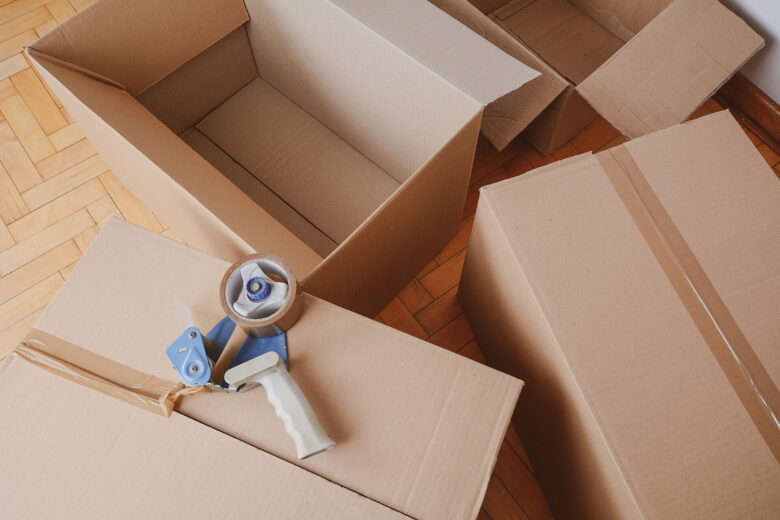
Do Movers Use Padded Paper?
Every professional international moving company relies on paper furniture pads as a staple in their arsenal of wrapping materials. Padded paper’s versatility and protective qualities make it an invaluable tool in ensuring the safe transport of items during relocation. Movers frequently use different types of this wrapping material, including bubble wrap, foam, and corrugated padding, tailoring their choices to the specific needs of the items being transported.
Whether it’s delicate glassware, electronics, artwork, or big furniture, the use of this packaging supply minimizes the risk of scratches, dents, and breakage during the intricate process of relocation. Its efficiency in filling voids and preventing movement inside boxes contributes to a well-organized and secure shipment.
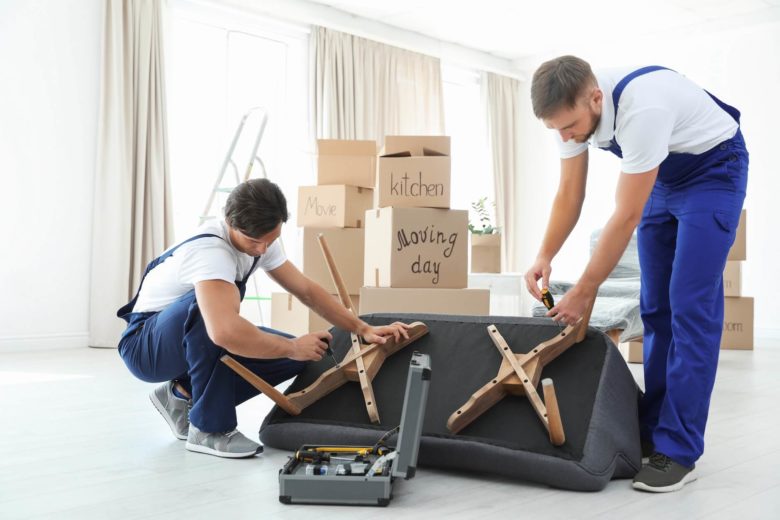
Mastering the Art of Wrapping Your Belongings With Padded Paper When Moving Internationally
Remember that the choice of protective material and strategic wrapping methods can make a significant difference. These insights not only promise protection but also contribute to a stress-free and successful relocation. As you embark on this international adventure, let our expertise guide you, ensuring your belongings are enveloped in layers of care. With Schmidt International Relocations, every item is packed with precision, and every step is a move toward a new beginning. Contact us and get your free quote today!
What Items Are Best Protected With Padded Paper During a Move?
Fragile items such as glassware, dishes, electronics, and small appliances benefit greatly from the protective qualities of this protective material during transportation.
How Do I Choose Between Different Types of Padded Paper?
Select the wrapping material based on the specific needs of your items. Foam, bubble wrap, and corrugated padding cater to different levels of fragility, providing tailored protection.
Can Padded Paper Be Reused for Multiple Moves?
While some wrapping material can be reused if in good condition, it is advisable to inspect for tears or wear and consider replacing damaged portions for optimal protection.
How Much-Padded Paper Do I Need for a Typical Household Move?
The quantity depends on the size and fragility of your items. A general guideline is to have enough protective material to wrap each item securely, with extra for layering and filling voids.
Are There Any Eco-Friendly Alternatives to Traditional Padded Paper?
Yes, eco-friendly moving solutions like recycled or biodegradable materials exist, aligning with sustainable moving practices while offering reliable protection.
How Do I Properly Dispose of or Recycle Padded Paper After Moving?
Check with local recycling facilities, as recycling packing materials after moving is mostly possible. Dispose of it responsibly, contributing to environmental conservation efforts.
What Is the Most Efficient Way to Wrap Large Items With Padded Paper?
Disassemble large items when possible and wrap each component separately. Use the wrapping supplies generously, ensuring complete coverage and protection during transit.
Can Padded Paper Protect My Items From Moisture and Other Environmental Factors?
This wrapping material provides a protective layer against minor moisture exposure, but for extended protection, consider additional measures such as plastic wrapping or waterproof packaging
How Can I Securely Tape and Seal Padded Paper on Fragile Items?
Begin by tapping the ends of the wrapping material to create a solid base. Focus on edges and corners, and consider criss-cross taping for added stability, ensuring a snug and secure seal.
What Are Some Common Mistakes to Avoid When Using Padded Paper for Moving?
Avoid underestimating the quantity needed, using damaged packaging material, neglecting to secure ends properly, and overlooking the need for complete coverage to prevent common mistakes during the wrapping process.

